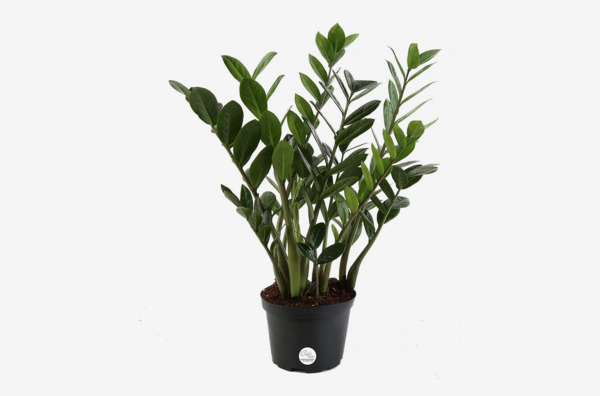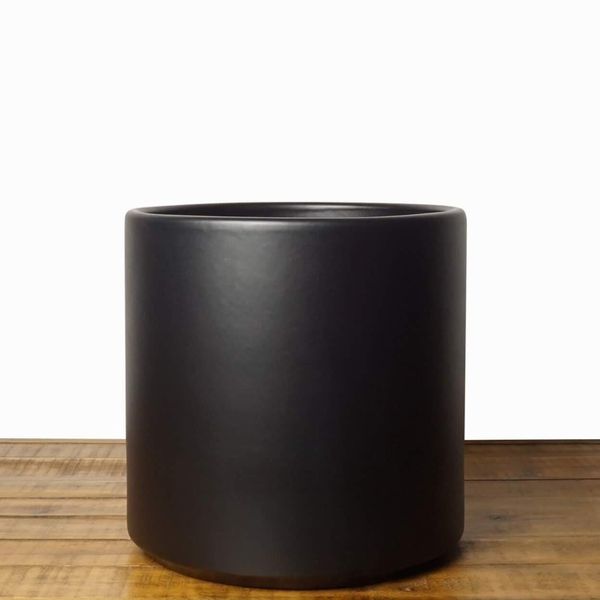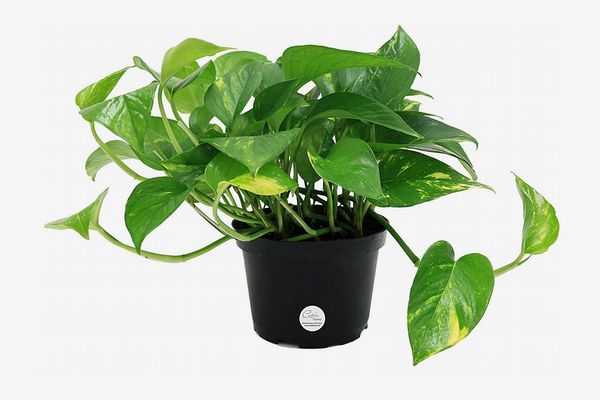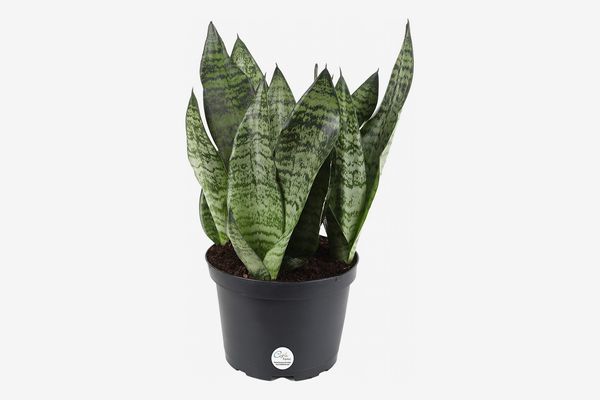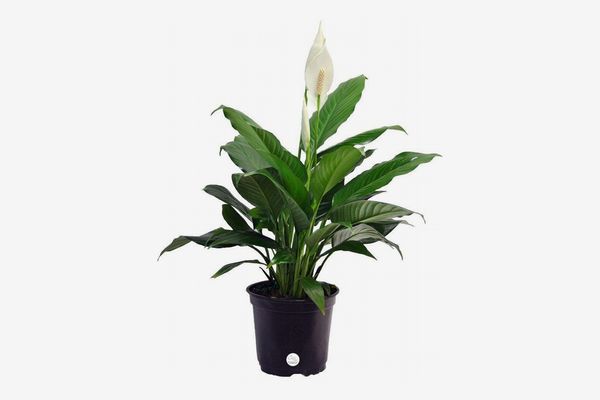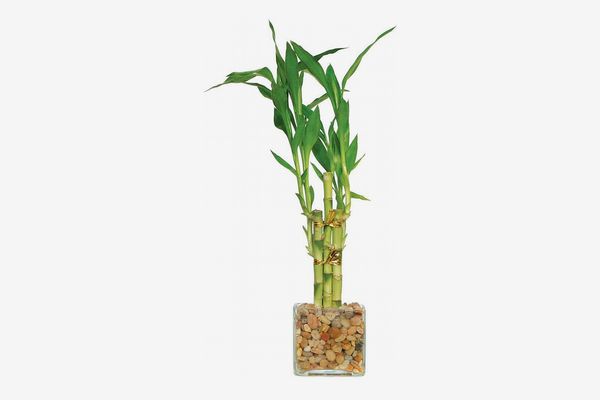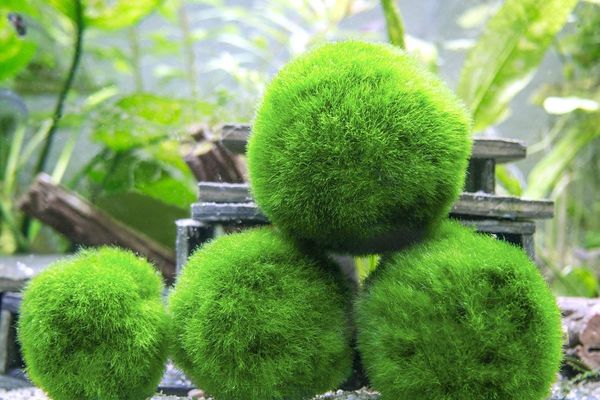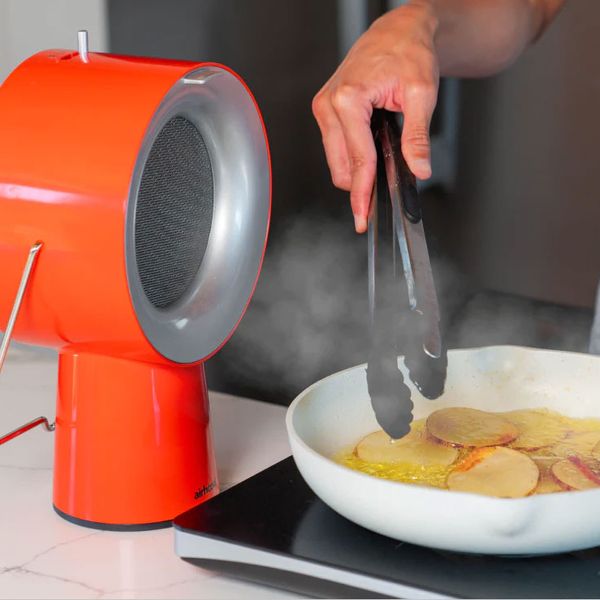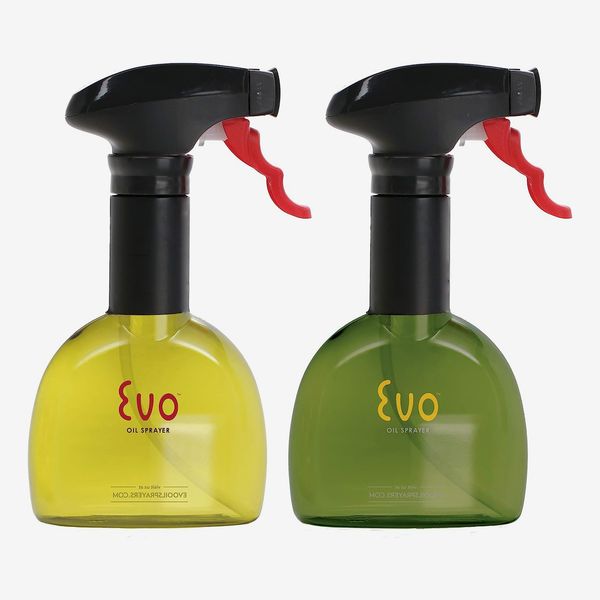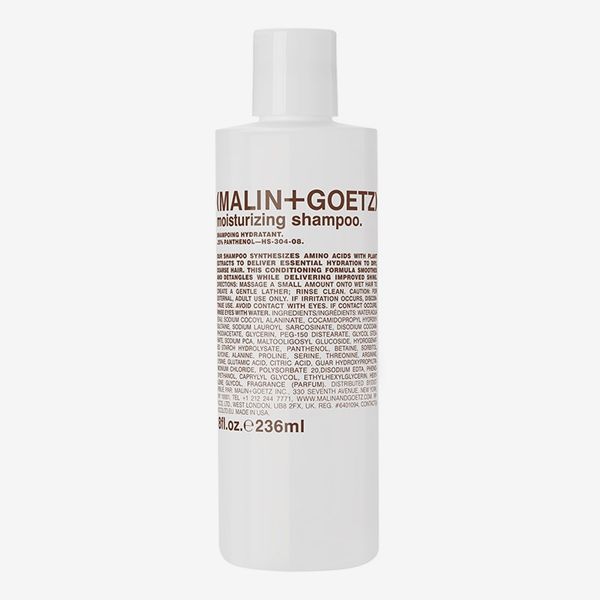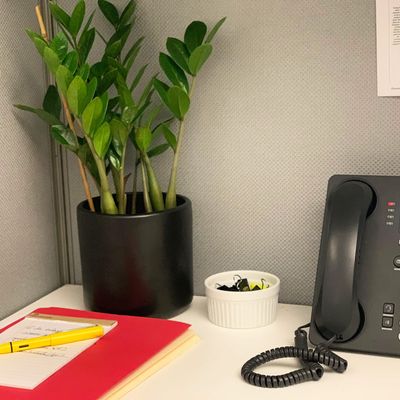
We’ve all seen those sunlit corner offices with impressive plant life, but what about those of us who work in more “light-challenged” office environments (a.k.a. cubicles)? Do we have to just settle for artificial plants? To find the most cubicle-friendly options, we spoke with experts, including Will Creed, an interior landscaper and owner of Horticultural Help, who reassured us that overhead fluorescent light should be fine as long as you choose the right plants. Creed says that plant varieties best suited to office life tend to be those native to tropical rainforest ecosystems, which naturally grow on the shady forest floor under the tree canopy.
Christopher Satch, resident scientist at New York City–based plant boutique The Sill, added that supplementing office light with a bulb that’s 1,500 lumens will give even better results: “Run the bulb during the workday a foot or two above the plant, and you’re good to go.” It’s best to run the light for a full day, about eight hours, but even a short time is better than nothing. Below, the best cubicle-friendly plants for your desk.
Both Creed and Satch named the “ZZ plant” as one of the hardiest indoor plants, and the best choice for a cubicle. It can live without direct light, and it’s a slow grower, which is good if you want to keep it on your desk without infringing upon your co-workers’ air rights. Could the ZZ be the fiddle-leaf fig of cubicle plants? I actually bought one myself, and after a week my ZZ is doing very well (it’s pictured at the top of this post). I had it in the corner, but just recently moved it, because according to Creed, “It’s important to have the plants out in the open because they really rely on that overhead light.” Both Creed and Satch name the ZZ plant best in class for a cubicle. Satch adds that the ZZ “is great because not only is it low-light tolerant, but it doesn’t drop leaves too often, making it a clean and neat plant.”
You don’t need a planter, but the matte-black finish gives it a premium look and it adds a little sophistication to my cubicle. The six-inch nursery pot fits perfectly in this; you just need to trim the plastic rim a tiny bit with some scissors.
Satch also likes the pothos, which is much tougher than it looks, and can handle pretty much any office condition you throw at it. Satch’s hot plant tip: Let the pothos’s vines grow over filing cabinets, cubicle walls, or any other office accoutrement to make things feel a little less “office-y.” He adds, “Feel the soil. If it’s dry, then you can water.”
“The snake lant is similar to the ZZ plant,” says Creed. “It’s a good low-light plant, and it’s a succulent so it doesn’t need to be watered often.” Also, the snake plant grows vertically, so you don’t need to worry about it taking up prime desk real estate.
Always topping lists of best air-purifying plants, the peace lily is another low-light plant that would do well in a cubicle. “It’s one of the few flowering low-light plants,” says Creed. The peace lily is a pretty easygoing plant, but one thing to keep in mind is that it “doesn’t like dryness,” and it’s best to water when the soil is slightly damp. “It will tell you when it needs water; it starts to wilt over the rim of the pot.” But Creed cautions not to make a habit of waiting that long, because it can take a toll on the plant.
Creed likes lucky bamboo because it’s really easy to care for: “Just refresh the water periodically to make sure it’s clean — fill until about the top of whatever container it’s in.” There’s no need to deal with potting or testing the soil for dryness. “Just keep the water filled and clean.”
Another suggestion from Satch which is truly unique, but not for the faint of heart. You might get some suspicious looks from co-workers, but if you can pull it off, it’s a strong cubicle power move. “These balls are actually algal colonies, and if there’s anything that knows how to grow, it’s algae. In nature, they grow at the bottom of freshwater lakes, where not much light goes, so they are naturally adapted to living in the office environment. Just keep them fully submerged in water in a glass vase or aquarium.”
The Strategist is designed to surface the most useful, expert recommendations for things to buy across the vast e-commerce landscape. Some of our latest conquests include the best acne treatments, rolling luggage, pillows for side sleepers, natural anxiety remedies, and bath towels. We update links when possible, but note that deals can expire and all prices are subject to change.
Every editorial product is independently selected. If you buy something through our links, New York may earn an affiliate commission.
